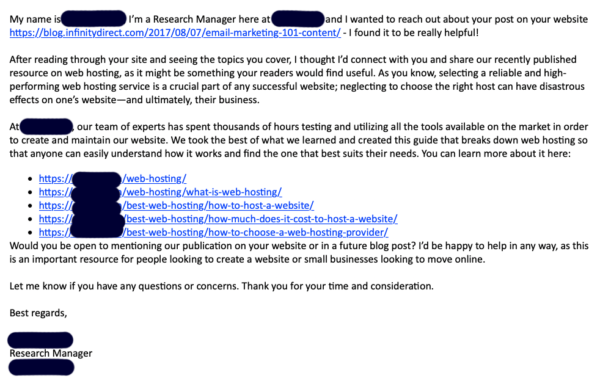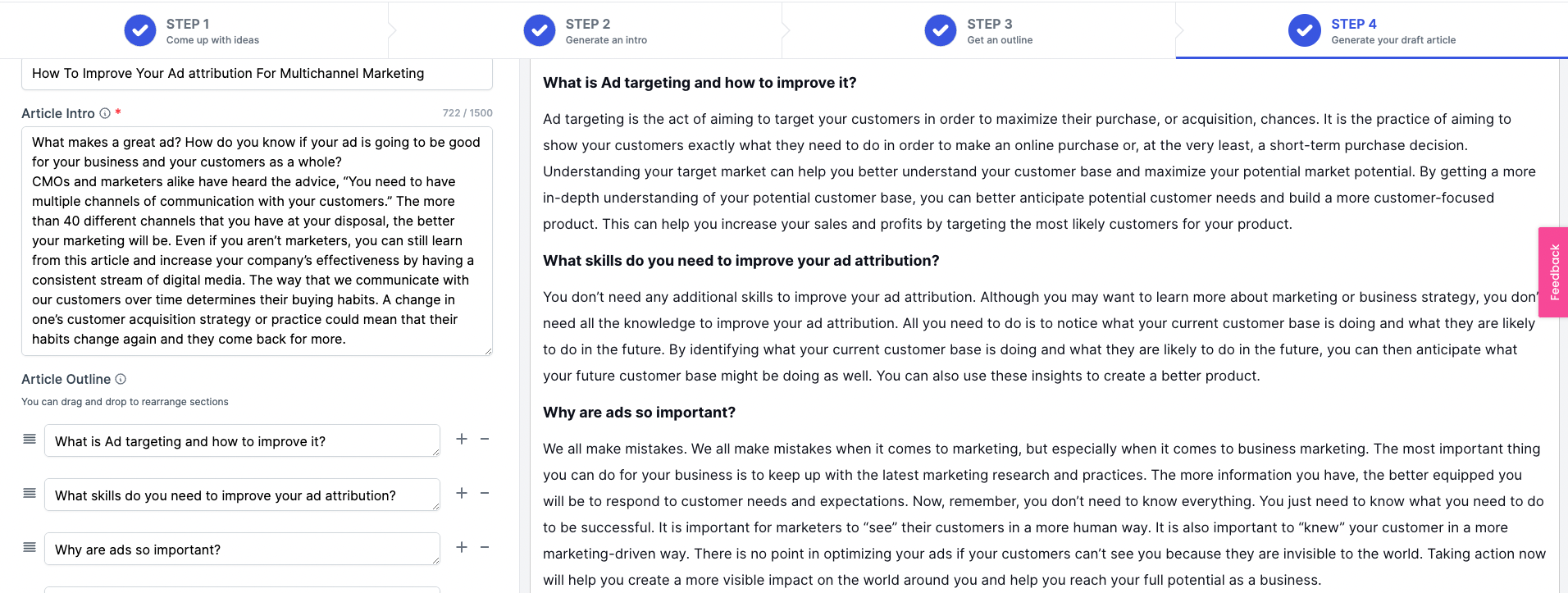Copywriting Powered by AI

If artificial intelligence (AI), machine-based learning, engagement algorithms, data science and identity resolution had a baby, they would be named AI Copywriter. All kidding aside, combining all technologies is what enables AI copywriting software to write content that speaks to an individual, using the keywords the individual reads/consumes from the content they engage with among the Internet of Things (IoT).
Knowing if the copy you’re reading was curated by a human or AI is easy now, but in the future it might be difficult as the technology “learns” over time to take all your interactions online, interpret tone, sarcasm, emotion and cognitive biases and curate content that incorporates those things into the copy generated by AI. The goal is to get in front of an individual and motivate them to go somewhere and do something – what direct marketers like to refer to as taking action on your call-to-action (CTA).
Right now, AI copywriting is working hard in the lead generation space in emails or pulling prospects further down the sales funnel using educational blog posts and online articles. It answers a need to “do more with less” by automating a business function that is hard to staff for and hard to achieve growth goals with a limited number of available humans on staff.
There are lead generation companies that use AI copywriting software to send bulk lead gen emails that are personalized to the individual. Some compliment you on something relevant to your job to keep your attention, transition the compliment to relevance to the sender’s business, then drill down to “the ask.” An example of this:

In the above example, an old link was pulled that wasn’t relevant to any topic discussed in the remainder of the email. We don’t even have any posts that talk about website hosting, which is what the transition paragraph was talking about. Then the ask was to create an external link from our content to their content in one of our blog posts. Their goal was to increase traffic to their content using backlinks (aka inbound links) which boosts search engine ranking positions (SERPs). This was a good idea where better AI content was likely possible, but maybe with better software that wasn’t as spammy.
Try Before You Buy
If you are considering using AI copywriting software, try it before you buy. I’m a firm believer that if it sounds too good to be true, it usually is. I decided to give one software a try. The step-by-step process was easy, but holy smokes when I read the output, it used all the keywords search marketing could offer, but the context was all over the place. And although it was structurally and grammatically correct, it was buzzword strong and take-away weak.
To start, I input the topic “best attribution models for multichannel ad campaigns for B2C marketers” which I wrote myself. Then the system generated a few intro paragraphs to choose from. I chose an intro paragraph, then the system generated an outline and output the article.

Conclusion
After reading through the resulting article, I feel like it’s going to take a while before AI copywriting software will replace any real humans inside your organization, so don’t quit your day jobs. For now, I could see how an AI copywriting tool would be useful to get ideas on topics and how to structure an article and queue things up for an actual human to write the piece.
Over time the software will evolve and improve to the point where a human content strategist will create the topics and let the software take it from there. Then further in the future, software may be able to use search history of individuals engaging with your online content to develop future content to keep them coming back.
